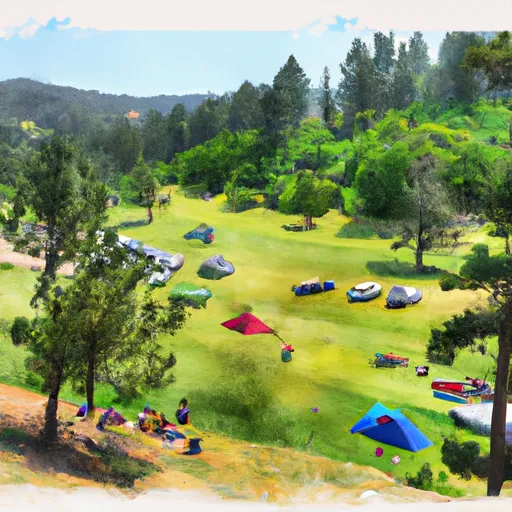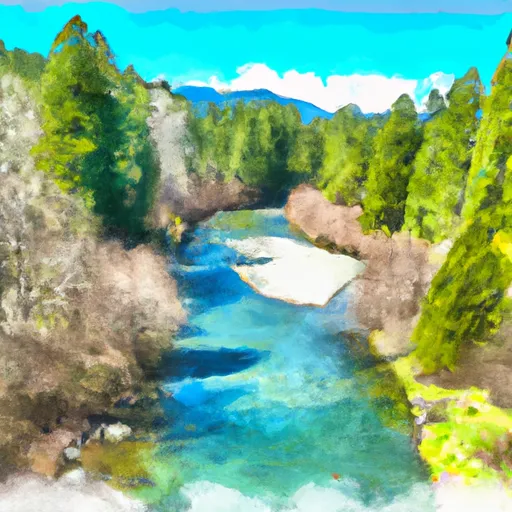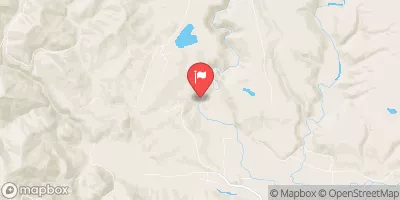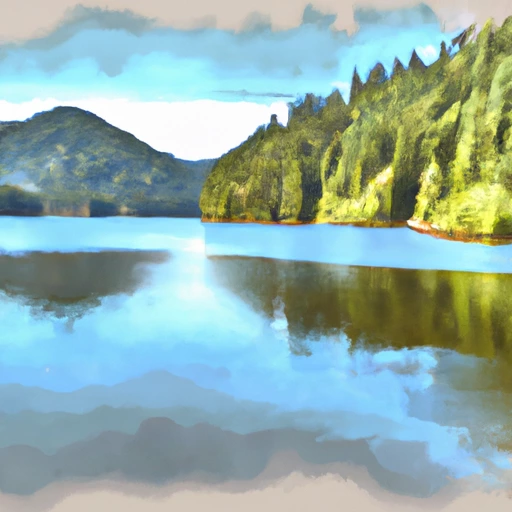Wynoochee Lake Near Grisdale Reservoir Report
Nearby: Malinowski Dam
Last Updated: January 2, 2026
Wynoochee Lake is a reservoir located near Grisdale, Washington.
°F
°F
mph
Wind
%
Humidity
Summary
The lake was created in 1961 by the construction of the Wynoochee Dam on the Wynoochee River. The dam was built to provide hydroelectric power, flood control, and irrigation water. The lake has a capacity of 120,000 acre-feet and provides water to the Chehalis River Basin for agriculture and municipal uses. The hydrology of the lake is influenced by both surface flow and snowpack. The lake is surrounded by the Olympic National Forest and is a popular destination for recreational activities such as fishing, boating, hiking, and camping. The lake is also home to several species of fish, including rainbow trout, cutthroat trout, and kokanee salmon.
Reservoir Details
| Lake Or Reservoir Water Surface Elevation Above Ngvd 1929, Ft 24hr Change | 0.61% |
| Percent of Normal | 100% |
| Minimum |
735.92 ft
2016-10-02 |
| Maximum |
799.99 ft
2013-06-02 |
| Average | 769 ft |
| Dam_Height | 175 |
| Hydraulic_Height | 170 |
| Drainage_Area | 41 |
| Year_Completed | 1972 |
| Nid_Storage | 76000 |
| Hazard_Potential | High |
| Structural_Height | 175 |
| River_Or_Stream | Wynoochee River |
| Foundations | Rock |
| Surface_Area | 1126 |
| Outlet_Gates | Slide (sluice gate) - 2, Tainter (radial) - 2 |
| Dam_Length | 1700 |
| Primary_Dam_Type | Gravity |
| Nid_Height | 175 |
Seasonal Comparison
Temperature, Air, °F Levels
Precipitation, Total, In Levels
Reservoir Storage, Acre-Ft Levels
Lake Or Reservoir Water Surface Elevation Above Ngvd 1929, Ft Levels
Weather Forecast
Nearby Streamflow Levels
Dam Data Reference
Condition Assessment
SatisfactoryNo existing or potential dam safety deficiencies are recognized. Acceptable performance is expected under all loading conditions (static, hydrologic, seismic) in accordance with the minimum applicable state or federal regulatory criteria or tolerable risk guidelines.
Fair
No existing dam safety deficiencies are recognized for normal operating conditions. Rare or extreme hydrologic and/or seismic events may result in a dam safety deficiency. Risk may be in the range to take further action. Note: Rare or extreme event is defined by the regulatory agency based on their minimum
Poor A dam safety deficiency is recognized for normal operating conditions which may realistically occur. Remedial action is necessary. POOR may also be used when uncertainties exist as to critical analysis parameters which identify a potential dam safety deficiency. Investigations and studies are necessary.
Unsatisfactory
A dam safety deficiency is recognized that requires immediate or emergency remedial action for problem resolution.
Not Rated
The dam has not been inspected, is not under state or federal jurisdiction, or has been inspected but, for whatever reason, has not been rated.
Not Available
Dams for which the condition assessment is restricted to approved government users.
Hazard Potential Classification
HighDams assigned the high hazard potential classification are those where failure or mis-operation will probably cause loss of human life.
Significant
Dams assigned the significant hazard potential classification are those dams where failure or mis-operation results in no probable loss of human life but can cause economic loss, environment damage, disruption of lifeline facilities, or impact other concerns. Significant hazard potential classification dams are often located in predominantly rural or agricultural areas but could be in areas with population and significant infrastructure.
Low
Dams assigned the low hazard potential classification are those where failure or mis-operation results in no probable loss of human life and low economic and/or environmental losses. Losses are principally limited to the owner's property.
Undetermined
Dams for which a downstream hazard potential has not been designated or is not provided.
Not Available
Dams for which the downstream hazard potential is restricted to approved government users.
Area Campgrounds
| Location | Reservations | Toilets |
|---|---|---|
 Coho Campground
Coho Campground
|
||
 Coho
Coho
|
||
 Cherwoot
Cherwoot
|
||
 Chetwoot
Chetwoot
|
||
 Satsop Center Campground
Satsop Center Campground
|
||
 Wynoochee Falls Campground
Wynoochee Falls Campground
|
Nearby Reservoirs
River Runs
-
 Headwaters And Includes All Tributaries To Confluence With Quinault River
Headwaters And Includes All Tributaries To Confluence With Quinault River
-
 Headwaters And Includes All Tributaries To Confluence With Graves Creek
Headwaters And Includes All Tributaries To Confluence With Graves Creek
-
 Headwaters And Includes All Tributaries Downstream From The End Of Graves Creek Road And Confluence With Graves Creek To Western Boundary Of Olympic National Park
Headwaters And Includes All Tributaries Downstream From The End Of Graves Creek Road And Confluence With Graves Creek To Western Boundary Of Olympic National Park
-
 Headwaters To Southern Boundary Of Olympic National Park
Headwaters To Southern Boundary Of Olympic National Park
-
 Headwaters- Includes All Tributaries To Confluence With North Fork Skokomish River
Headwaters- Includes All Tributaries To Confluence With North Fork Skokomish River







 Wynoochee
Wynoochee
 Wynoochee Lake Near Grisdale
Wynoochee Lake Near Grisdale